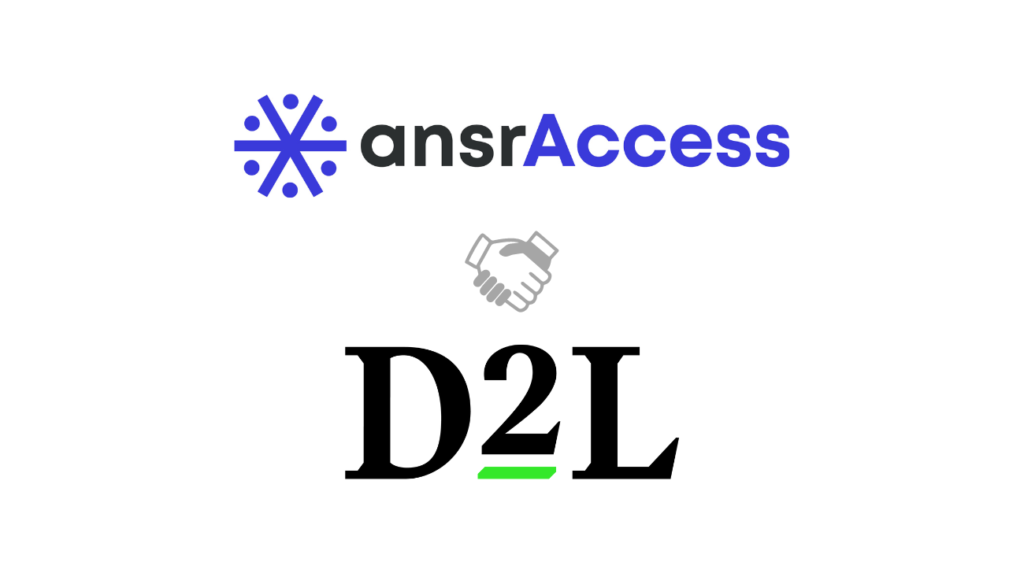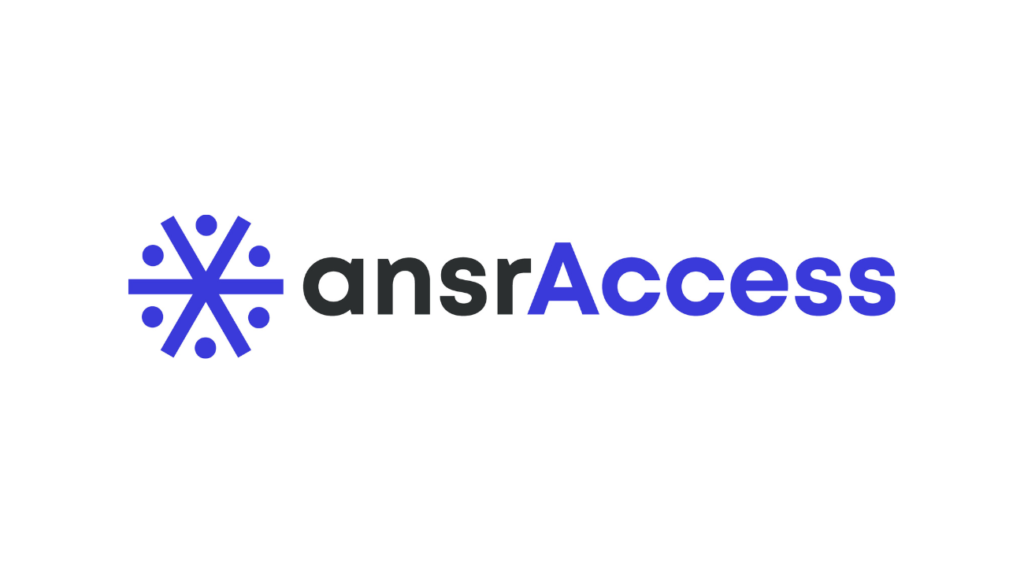Technology continues to evolve, and so does the way we learn. Learning management systems (LMSs) are revolutionizing the educational landscape by providing a more efficient and effective way for learners and educators to connect and collaborate. An LMS provides a platform for online learning, making it easier for learners to access educational resources from anywhere in the world.
A Learning Management System is an Online Integrated System
Learning management systems contains a sizable collection of teaching resources in digital form. An LMS is an easy-to-use interface that allows instructors to streamline their curriculum, automate processes, and manage information from a distance. In other words, a learning management system is an integrated online system used to design, deliver, monitor, and report educational courses and outcomes. It can be utilized to support both conventional face-to-face training and online learning environments.
An LMS is a valuable tool for businesses of all sizes, providing a variety of features and benefits such as:
- Managing and tracking employee learning and training
- Improving employee productivity and collaboration
- Reporting features to help businesses improve their operations
While considering an LMS, an organization should evaluate its specific needs and determine which LMS will best help achieve its organizational goals.
How to Assess Your LMS Needs
Selecting the best LMS is an important choice that can determine whether your training and development (T&D) program will be successful or not. Not fully acknowledging your organizational needs or being persuaded by unnecessary features can jeopardize the T&D program’s investment.
Here are the key points to remember while assessing your LMS needs:
1. Decide What You Need
To find the best learning platform for your needs, start by defining your search criteria and knowing exactly what you need from an LMS. Ask yourself, “What do I hope to accomplish in my training and development work?” When you know the answer to this question you are ready to look for a solution. Make sure your goals are specific, quantifiable, attainable, and time-bound. Additionally, it’s important to consider precisely who you will be teaching when selecting a learning management system.
2. List Your LMS Requirements
Responding to basic queries may determine the LMS features required to meet your training objectives and establish a welcoming and stimulating learning environment. You should be familiar with your training program and be able to picture it mentally.
There are three ways to offer training, learning, and development:
- Synchronous
- Asynchronous
- Blended learning (offline, online, and hybrid)
3. Think About the Audience
Scalability options vary among different LMSs. While some LMSs are made for small- to medium-sized firms, others are designed for companies with a larger number of employees. Make sure your server can support the volume of users and data it will receive if you are self-hosting an LMS.
Features to Look Out for in an LMS
An LMS is a fantastic tool for organizing the teaching/training and learning process and producing successful learning outcomes. For organizations trying to standardize the learning process, LMS software is a need, given the multilingual and diversified workforce at any organization.
These are some of the things you should look for in a learning management system:
- Content Management
An LMS offers technology for e-learning material distribution, activates technology-based learning tools, promotes interaction and feedback, and gives a way for learner assignment submission and assessment.
- Competency Management
An LMS can assist organizations in measuring the talents and skills of learners to achieve certain business objectives. This also entails studying skill gaps and advising learners on certain learning pathways. The LMS you choose should be a practical and economical method for providing your staff with the necessary training.
- Ease of Use
People frequently search for ease of use when choosing learning management systems (LMSs). In fact, according to data from Racoon Gang, 86 % of American businesses who use an LMS wished to replace their current system with a more straightforward one.
Examining how easy it is to log in and access the information is the best approach to determine if an LMS has a user-friendly interface or not. It shouldn’t take too many clicks to reach the content you need.
- Accessibility
It is important that all learners have equal access to the content that exists in the LMS. Make sure that whatever LMS you choose adheres to all applicable accessibility standards so that no learners will be left out.
- Course Calendar
LMS software should give trainees a thorough overview of the training courses offered, allowing them to schedule and arrange their courses properly.
- Tracking and Reporting
An LMS should offer possibilities for creating various reports to help management understand their learners’ learning and performance progression. Additionally, it should provide performance evaluation results.
- Administration
The capacity of an LMS to organize the training process is one of its most crucial characteristics. It should make enrolling and registering for classes simpler.
- Flexibility
A versatile LMS should accommodate various content formats, including text, downloadable documents, video, and more.
- Mobile Training
For flexible learning, the LMS should be mobile-responsive or provide native apps. Trainees should be able to access their materials whenever they choose, from any location. Mobile access is necessary to guarantee continuous learning.
- Virtual Meetings
A learning management system with video conferencing capabilities will be useful for learners who require individualized attention or have challenging inquiries. Video conferencing is especially useful in difficult situations.
Finding your LMS
An LMS is now the foundation of T&D for the business sector. By using an online LMS that supports blended learning, several organizations claim to have saved at least 50% on costs. However, your organization’s goals must be pre-defined before choosing an LMS.
There are many LMS options on the market today. Take the time to explore a few to find the best fit for your company.



